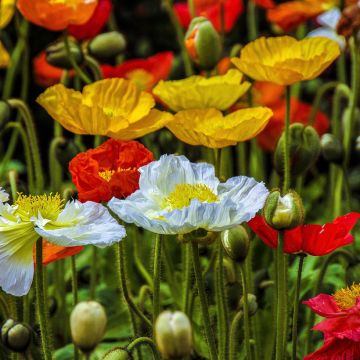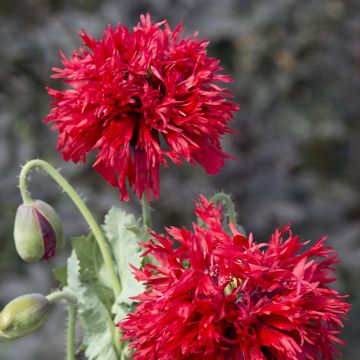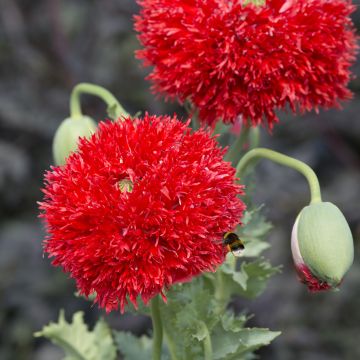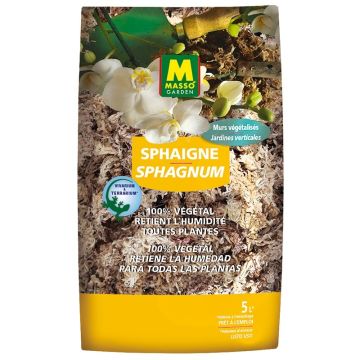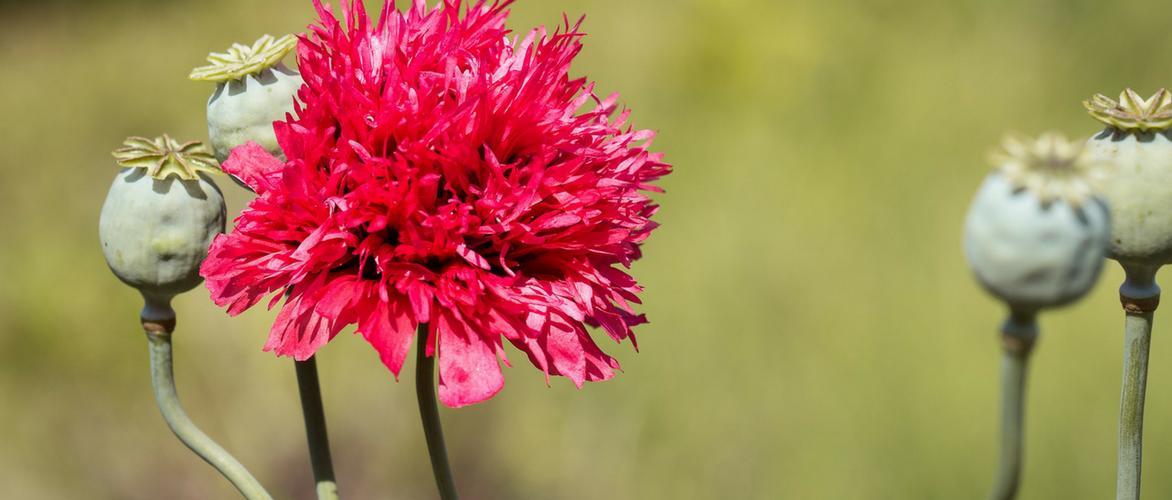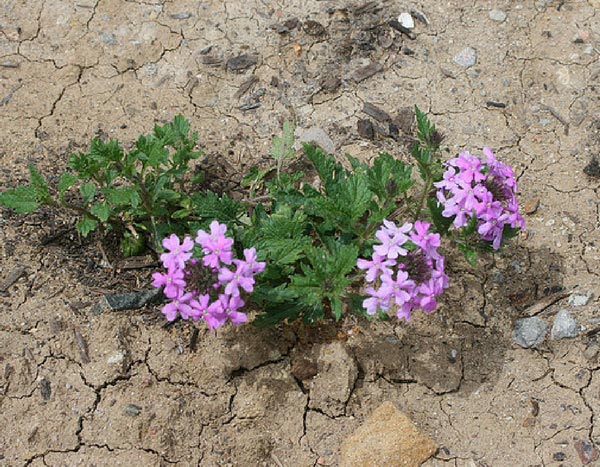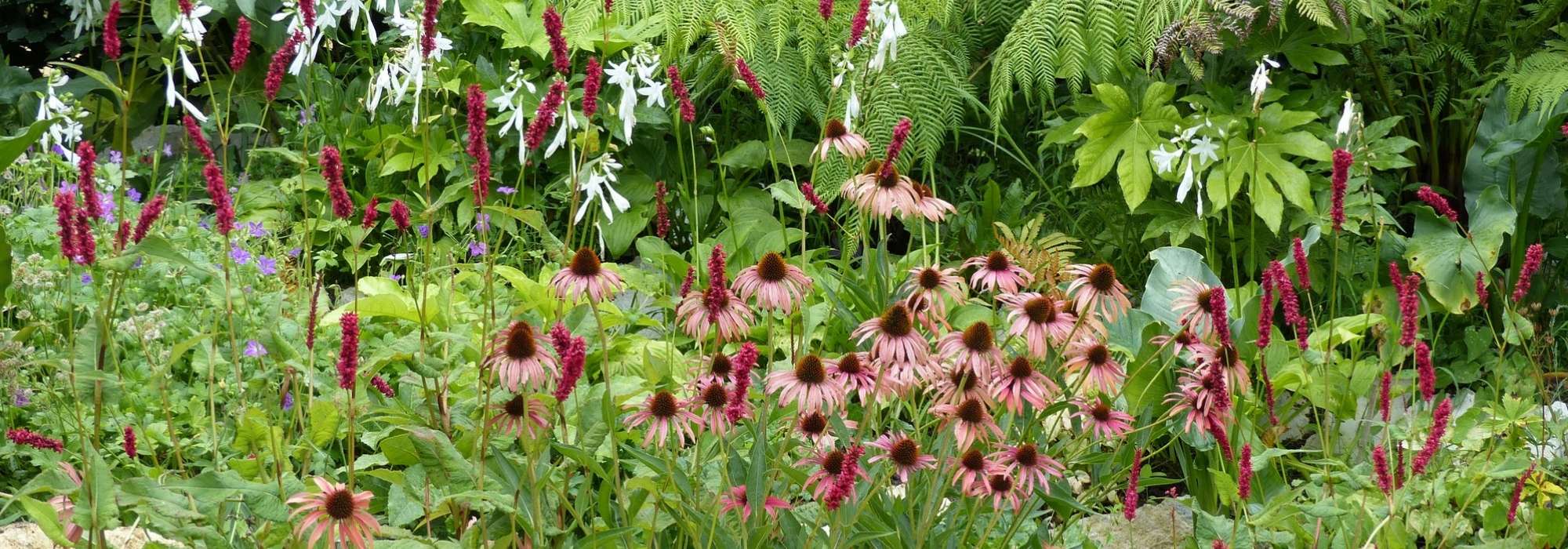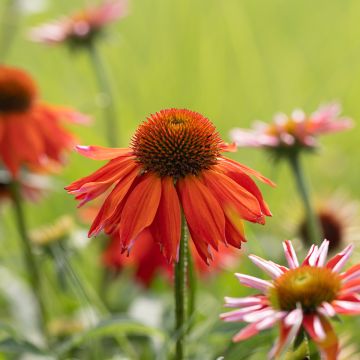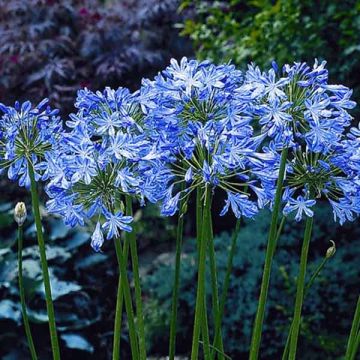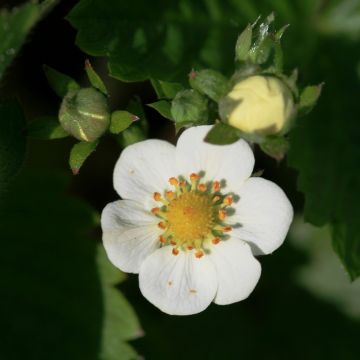

Romneya coulteri
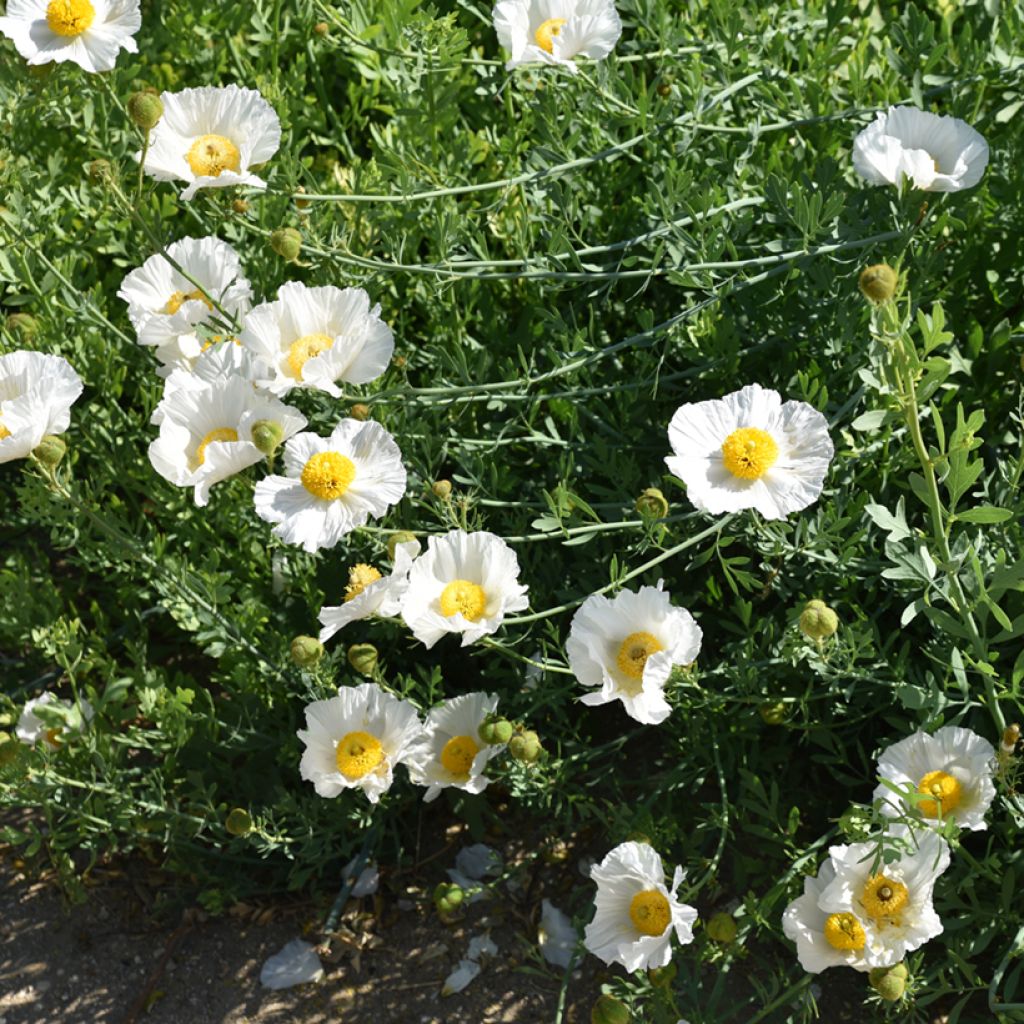

Romneya coulteri
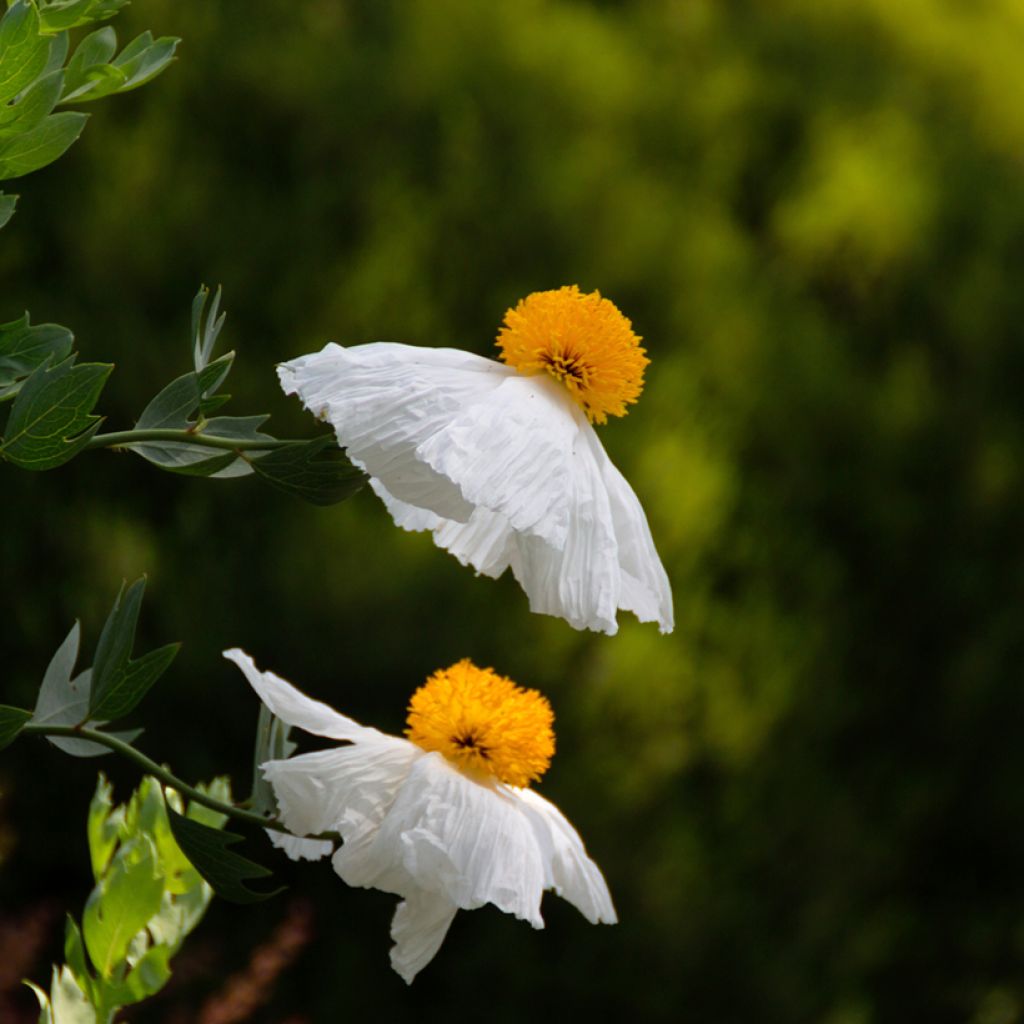

Romneya coulteri
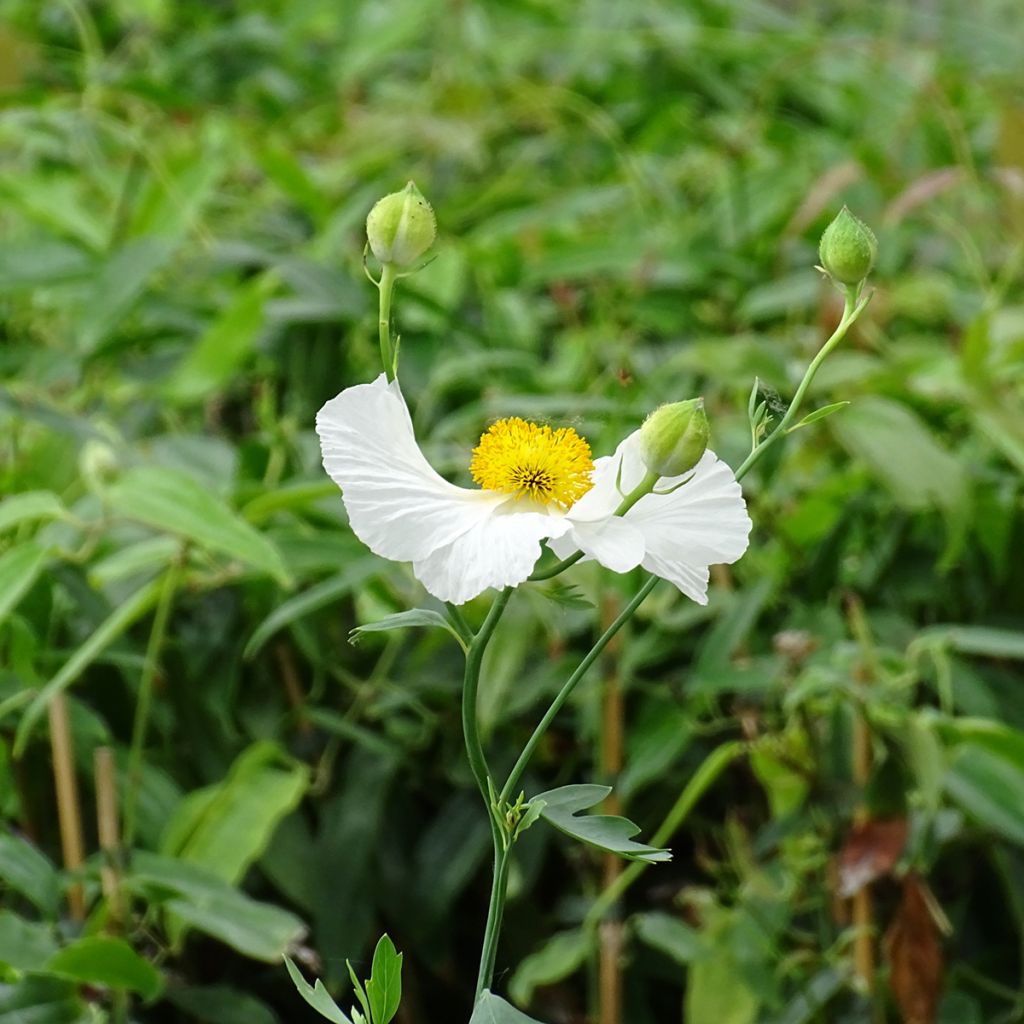

Romneya coulteri


Romneya coulteri


Romneya coulteri


Romneya coulteri


Romneya coulteri
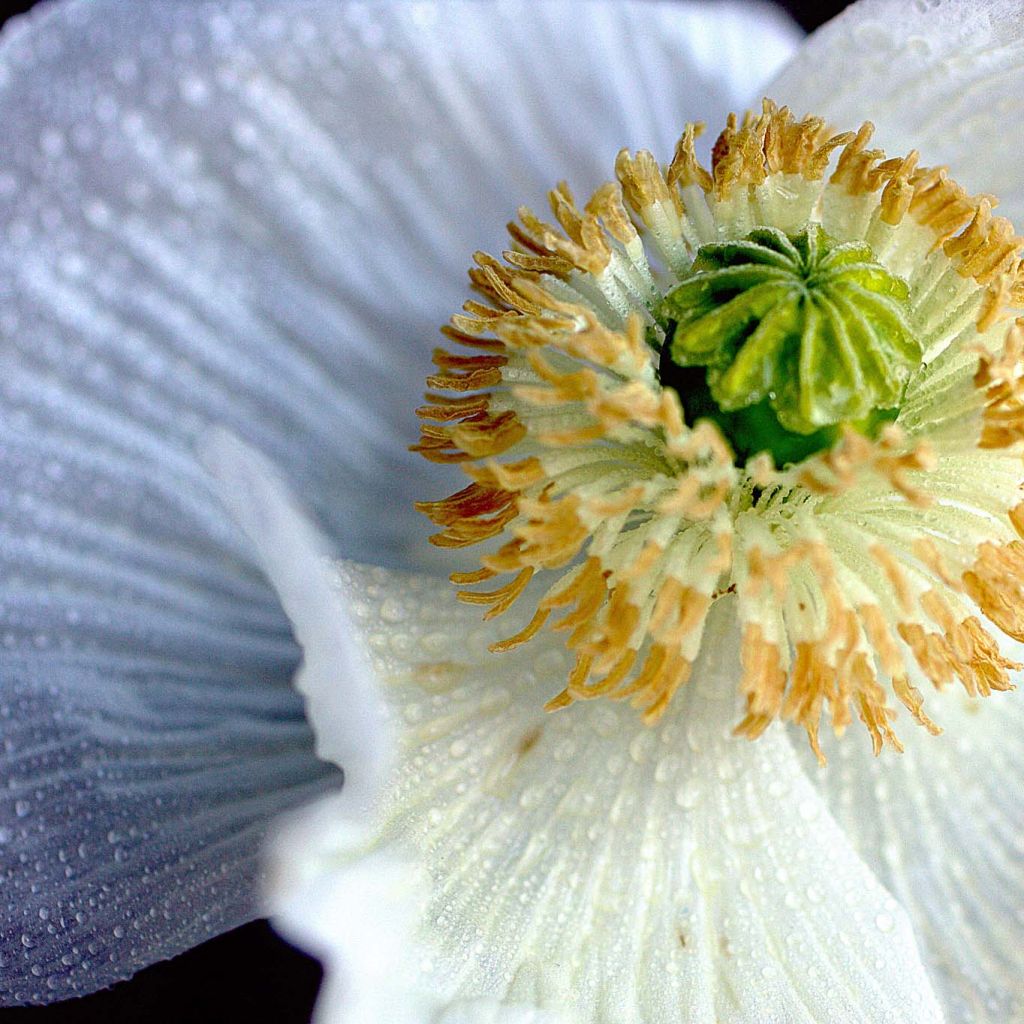

Romneya coulteri
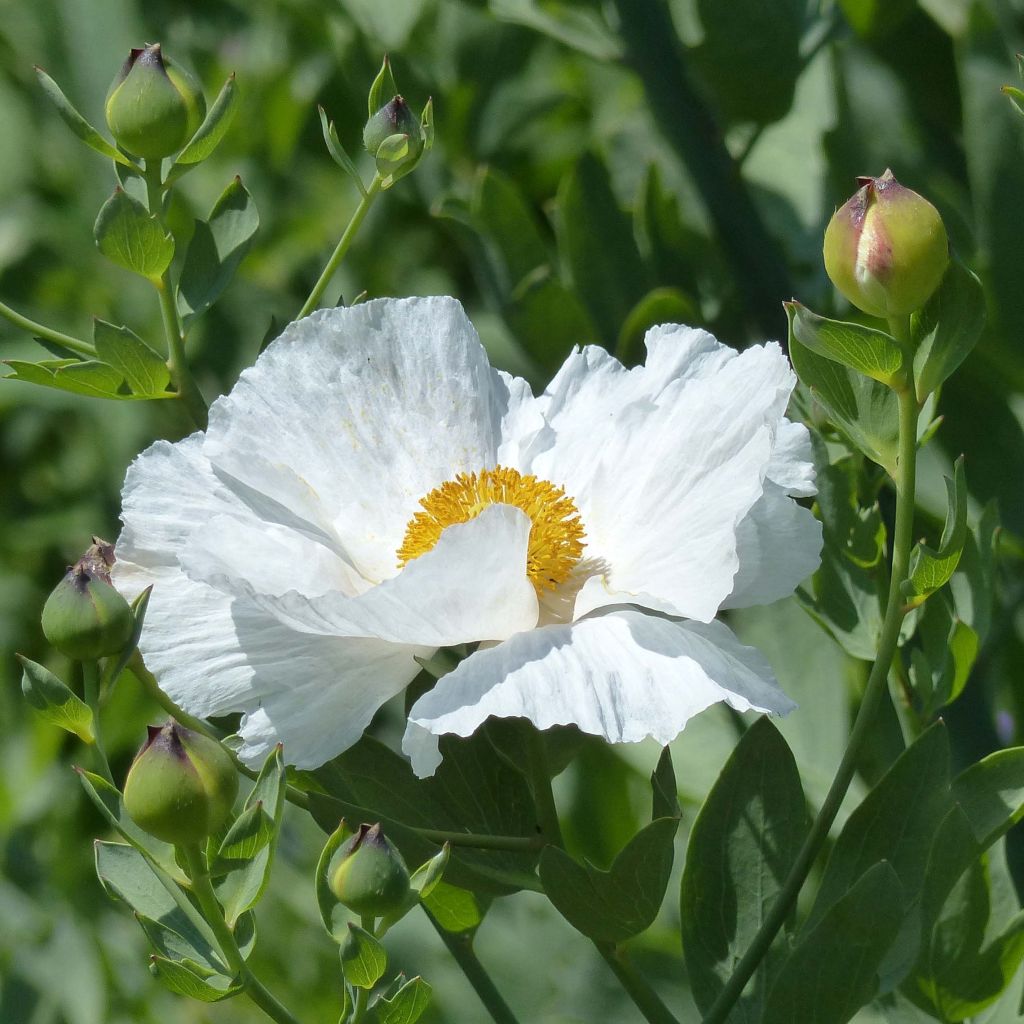

Romneya coulteri
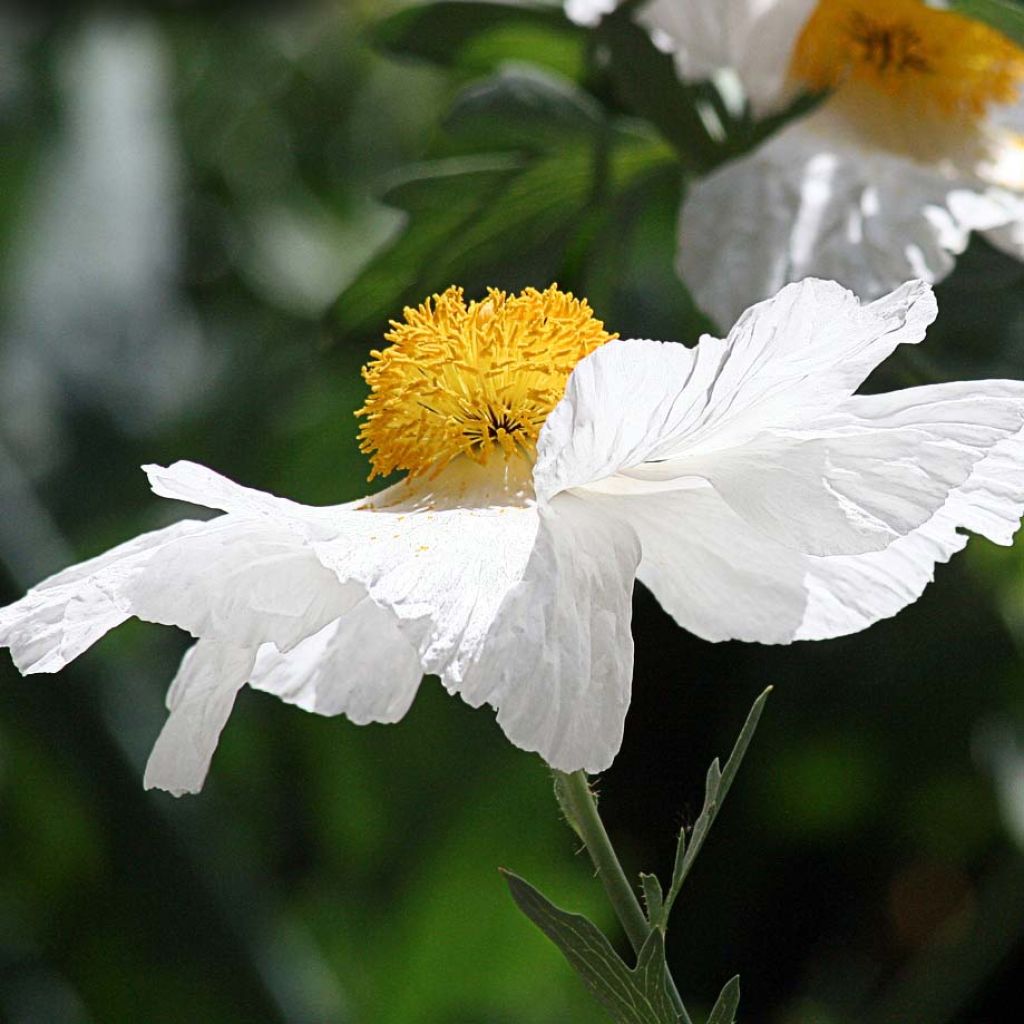

Romneya coulteri


Romneya coulteri
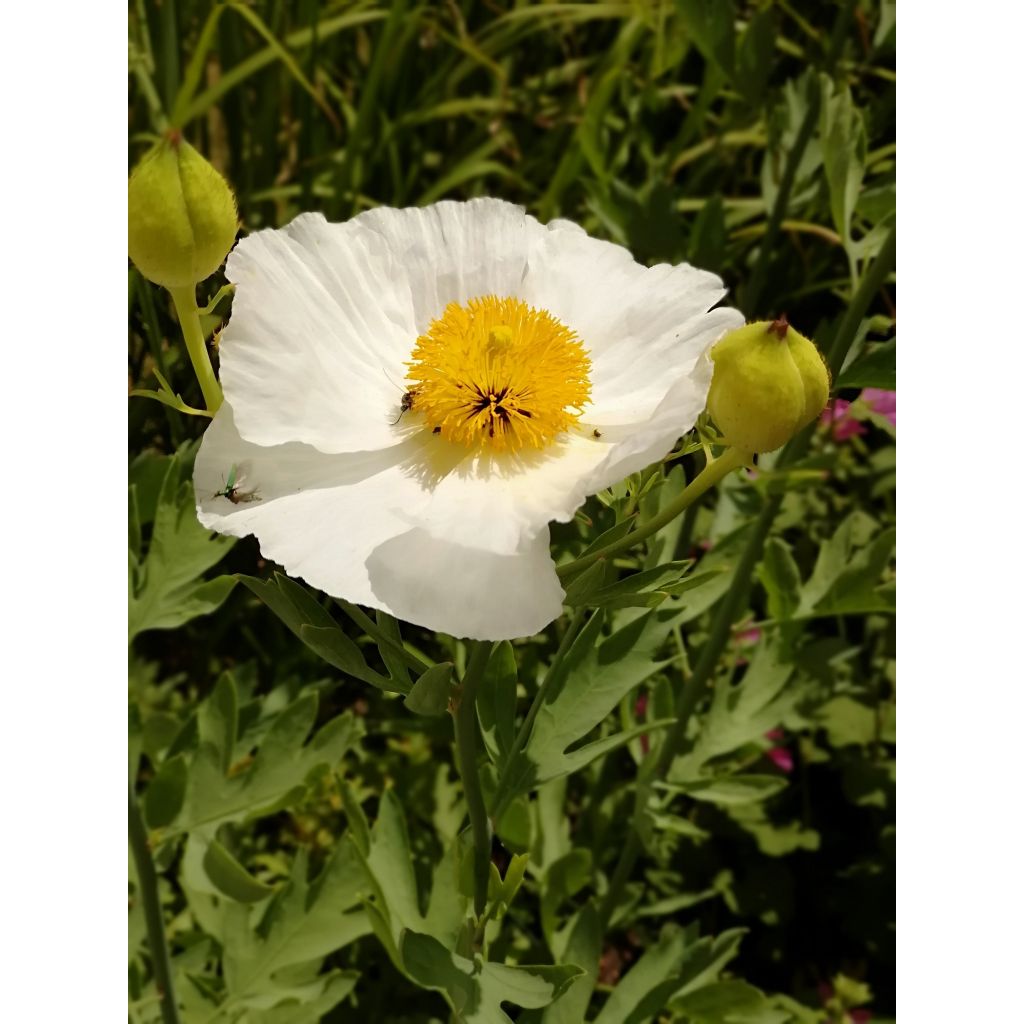

Romneya coulteri
Romneya coulteri
Romneya coulteri
Coulter's Matilija Poppy, California Tree Poppy
Special offer!
Receive a €20 voucher for any order over €90 (excluding delivery costs, credit notes, and plastic-free options)!
1- Add your favorite plants to your cart.
2- Once you have reached €90, confirm your order (you can even choose the delivery date!).
3- As soon as your order is shipped, you will receive an email containing your voucher code, valid for 3 months (90 days).
Your voucher is unique and can only be used once, for any order with a minimum value of €20, excluding delivery costs.
Can be combined with other current offers, non-divisible and non-refundable.
Home or relay delivery (depending on size and destination)
Schedule delivery date,
and select date in basket
This plant carries a 12 months recovery warranty
More information
We guarantee the quality of our plants for a full growing cycle, and will replace at our expense any plant that fails to recover under normal climatic and planting conditions.
Does this plant fit my garden?
Set up your Plantfit profile →
Description
The Romneya coulteri is a spectacular perennial bush forming a large, bushy and creeping mass covered in summer with very white poppies with golden yellow centers, it carries the evocative name of Tree Poppy. Its vegetation, which can reach gigantic proportions in favorable conditions, is more or less evergreen depending on the climate. Its stems are adorned with a very beautiful gray-blue cut foliage. It reveals all its splendor in summer, when its large, delicate crepe-like flowers appear, with a pleasant lemon scent. Sometimes considered capricious, it will make the pride of the gardener who will see it grow and beautify year after year. Offer this host of Californian scrub vegetation the foot of a wall, or sun-crushed slope, but don't forget watering and fertilizing!
The Tree Poppy is a perennial plant with a woody stump belonging, like our poppies, to the Papaveraceae family. It originates from rocky slopes and arid ravines in southern California. It is found in dry chaparral, a semi-arid vegetation formation comparable to our scrublands and maquis, as well as along the sparsely watered Californian coasts. The vigorous stump spreads through powerful underground rhizomes that can reach over 1m (3ft) in length and become invasive if the conditions are right. An adult plant will reach a height of 1.50m (5ft), but will spread indefinitely over time. Some subjects colonizing more than 25m² have been observed in Californian gardens! The spectacular flowering is at its peak in May-June in mild climates, and can continue until September. The flowers, pleasantly fragrant, are in the form of huge poppies measuring 15 to 20cm (6 to 8in) in diameter. They are composed of 6 crumpled petals of a silvery-white colour surrounding a prominent center composed of numerous yellow-orange stamens. They are followed by the formation of curious and decorative fruits in dry bouquets, resembling small cages in structure. The foliage is more or less evergreen depending on the severity of the winter. It consists of tough leaves, 12cm (5in) long, irregularly divided into 3 to 5 lanceolate lobes, of a beautiful gray-blue colour. The Romneya coulteri is a plant linked to fire ecology; seed dormancy will only be lifted in the presence of smoke. Its multiplication is delicate, its cultivation requires a certain skill, which explains the relative rarity of this plant in cultivation.
The Romneya coulteri is a highly desirable plant, but delicate to cultivate and not very resistant to heavy frosts (up to -10/-15°C (14/5°F) nevertheless in dry soil). The most beautiful specimens in France grow in the southern half of our country, in poor, light, and dry soil in summer. Its beauty and its requirements in terms of sun and heat require it to be installed in isolation on a large slope, or at the foot of a fence. It will thrive where the Fremontodendron californicum, the evergreen ceanothus, its perennial cousin Eschscholtzia californica, the Callirhoe involucrata (the mauve poppy), and our Mediterranean caper all thrive. One could imagine gathering all these plants in a large raised bed, enriched with coarse sand and gravel.
Romneya coulteri in pictures






Flowering
Foliage
Plant habit
Botanical data
Romneya
coulteri
Papaveraceae
Coulter's Matilija Poppy, California Tree Poppy
North America
Other Papaver - Poppies
View all →Planting and care
The Tree Poppy is planted in spring if your garden is in a borderline hardiness zone (-10/-12°C (14/10.4°F)) or in autumn in mild climates. It needs space, requires a very sunny, even scorching, exposure, and a deep but light, flexible, rather poor, sandy or gravel-rich soil. To succeed in its installation, we advise you to dig a 60 cm (24in) hole filled with well-crumbled garden soil enriched with river sand or gravel. It clearly prefers dry and hot climates in summer, even semi-arid ones. The plant is relatively tolerant of soil pH, which can be slightly acidic, neutral, or even slightly alkaline. However, it does not like water at all, and many failures in cultivation can be attributed to well-intentioned gardeners who think they are doing well by watering it too often. Watering should be generous at planting, but avoided thereafter, unless the young plant shows clear signs of dehydration, then provide 12 liters of water (one watering can) but only every 15 days or 3 weeks, with the soil absolutely drying out between waterings. It is also important to note that the rhizomes of this plant are equipped with very fragile rootlets that do not appreciate being disturbed; therefore, when planting, it is imperative not to disturb the root ball and handle it with care. Similarly, it is necessary to avoid compacting the soil with the foot or hand around the stump. Once well established, forget about your Romneya, it will reward you a hundredfold!
Cut back the clump in late winter every year; it is the shoots of the year that produce the flowers.
Multiplication: a challenge for the amateur gardener
It is delicate and requires a certain know-how, which explains the sometimes expensive price of the plant.
The first method consists of taking deeply buried and horizontal sections of rhizomes, when the plant goes dormant in autumn. They are, let's remember, very fragile and need to be handled with care. The success rate is random.
The second method is sowing; a specialist's business that requires the presence of smoke, the chemical action of which will break the seed dormancy. You can try sowing the seeds on a substrate impregnated with smoke using the following technique: place a fisherman's or mason's sieve filled with compost above a fire, held by a barbecue tripod, for example. To produce a lot of smoke (it may be better to warn your neighbors if they are close by), first create a bed of embers that you will cover with more or less green branches. The germination rate is good, but transplanting the young plants is delicate!
Planting period
Intended location
Care
Planting & care advice
-
, onOrder confirmed
Reply from on Promesse de fleurs
Similar products
Haven't found what you were looking for?
Hardiness is the lowest winter temperature a plant can endure without suffering serious damage or even dying. However, hardiness is affected by location (a sheltered area, such as a patio), protection (winter cover) and soil type (hardiness is improved by well-drained soil).

Photo Sharing Terms & Conditions
In order to encourage gardeners to interact and share their experiences, Promesse de fleurs offers various media enabling content to be uploaded onto its Site - in particular via the ‘Photo sharing’ module.
The User agrees to refrain from:
- Posting any content that is illegal, prejudicial, insulting, racist, inciteful to hatred, revisionist, contrary to public decency, that infringes on privacy or on the privacy rights of third parties, in particular the publicity rights of persons and goods, intellectual property rights, or the right to privacy.
- Submitting content on behalf of a third party;
- Impersonate the identity of a third party and/or publish any personal information about a third party;
In general, the User undertakes to refrain from any unethical behaviour.
All Content (in particular text, comments, files, images, photos, videos, creative works, etc.), which may be subject to property or intellectual property rights, image or other private rights, shall remain the property of the User, subject to the limited rights granted by the terms of the licence granted by Promesse de fleurs as stated below. Users are at liberty to publish or not to publish such Content on the Site, notably via the ‘Photo Sharing’ facility, and accept that this Content shall be made public and freely accessible, notably on the Internet.
Users further acknowledge, undertake to have ,and guarantee that they hold all necessary rights and permissions to publish such material on the Site, in particular with regard to the legislation in force pertaining to any privacy, property, intellectual property, image, or contractual rights, or rights of any other nature. By publishing such Content on the Site, Users acknowledge accepting full liability as publishers of the Content within the meaning of the law, and grant Promesse de fleurs, free of charge, an inclusive, worldwide licence for the said Content for the entire duration of its publication, including all reproduction, representation, up/downloading, displaying, performing, transmission, and storage rights.
Users also grant permission for their name to be linked to the Content and accept that this link may not always be made available.
By engaging in posting material, Users consent to their Content becoming automatically accessible on the Internet, in particular on other sites and/or blogs and/or web pages of the Promesse de fleurs site, including in particular social pages and the Promesse de fleurs catalogue.
Users may secure the removal of entrusted content free of charge by issuing a simple request via our contact form.
The flowering period indicated on our website applies to countries and regions located in USDA zone 8 (France, the United Kingdom, Ireland, the Netherlands, etc.)
It will vary according to where you live:
- In zones 9 to 10 (Italy, Spain, Greece, etc.), flowering will occur about 2 to 4 weeks earlier.
- In zones 6 to 7 (Germany, Poland, Slovenia, and lower mountainous regions), flowering will be delayed by 2 to 3 weeks.
- In zone 5 (Central Europe, Scandinavia), blooming will be delayed by 3 to 5 weeks.
In temperate climates, pruning of spring-flowering shrubs (forsythia, spireas, etc.) should be done just after flowering.
Pruning of summer-flowering shrubs (Indian Lilac, Perovskia, etc.) can be done in winter or spring.
In cold regions as well as with frost-sensitive plants, avoid pruning too early when severe frosts may still occur.
The planting period indicated on our website applies to countries and regions located in USDA zone 8 (France, United Kingdom, Ireland, Netherlands).
It will vary according to where you live:
- In Mediterranean zones (Marseille, Madrid, Milan, etc.), autumn and winter are the best planting periods.
- In continental zones (Strasbourg, Munich, Vienna, etc.), delay planting by 2 to 3 weeks in spring and bring it forward by 2 to 4 weeks in autumn.
- In mountainous regions (the Alps, Pyrenees, Carpathians, etc.), it is best to plant in late spring (May-June) or late summer (August-September).
The harvesting period indicated on our website applies to countries and regions in USDA zone 8 (France, England, Ireland, the Netherlands).
In colder areas (Scandinavia, Poland, Austria...) fruit and vegetable harvests are likely to be delayed by 3-4 weeks.
In warmer areas (Italy, Spain, Greece, etc.), harvesting will probably take place earlier, depending on weather conditions.
The sowing periods indicated on our website apply to countries and regions within USDA Zone 8 (France, UK, Ireland, Netherlands).
In colder areas (Scandinavia, Poland, Austria...), delay any outdoor sowing by 3-4 weeks, or sow under glass.
In warmer climes (Italy, Spain, Greece, etc.), bring outdoor sowing forward by a few weeks.





































